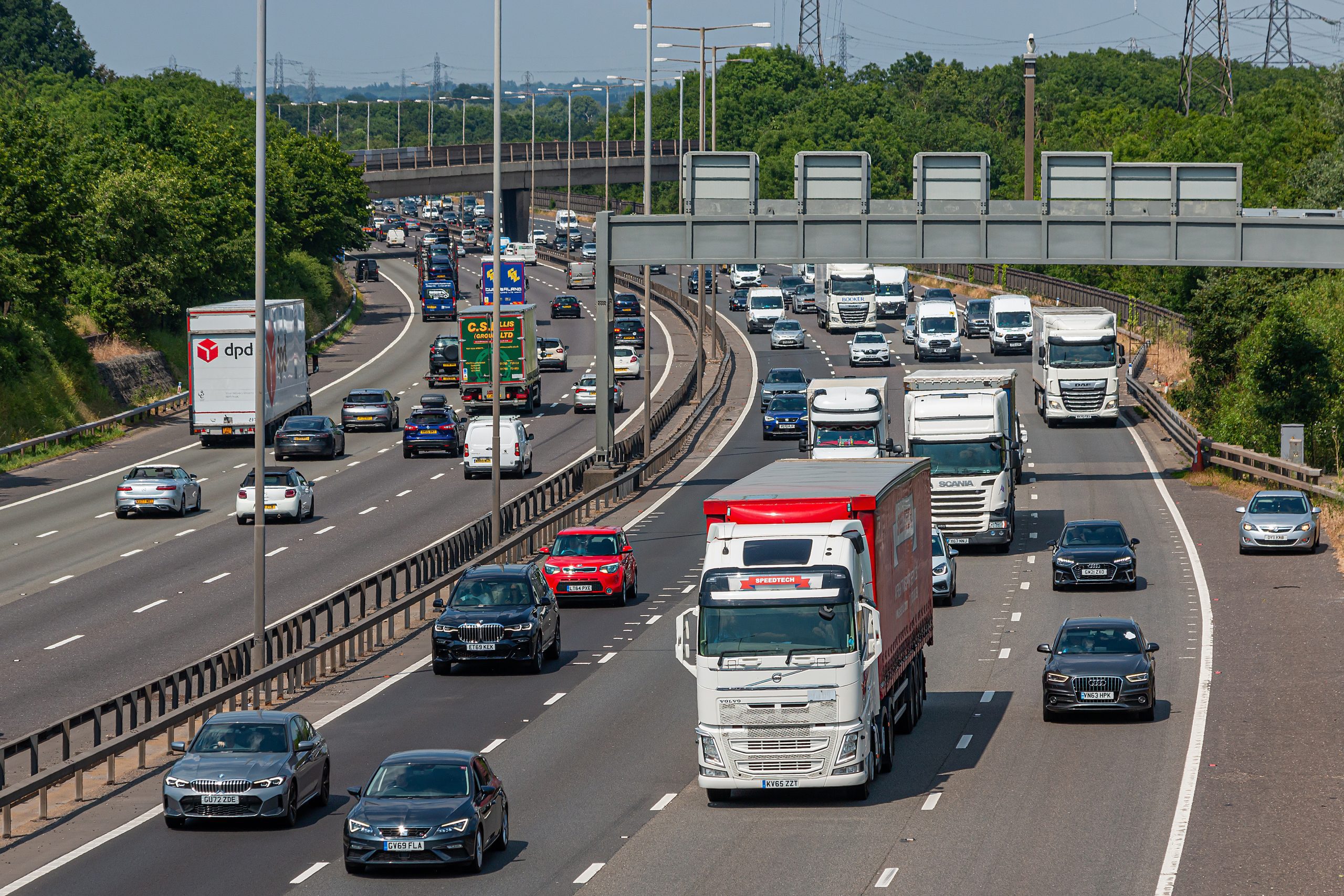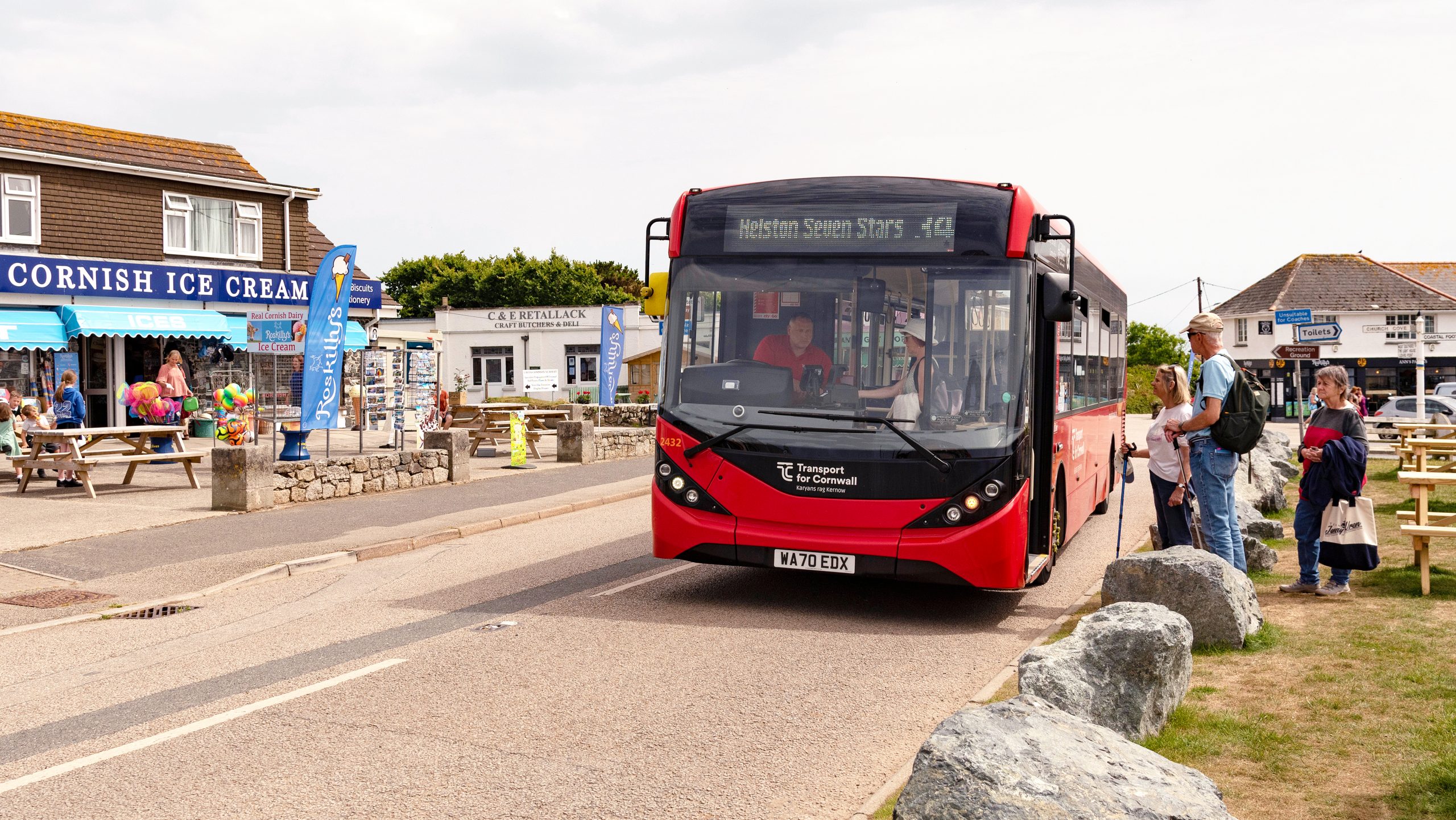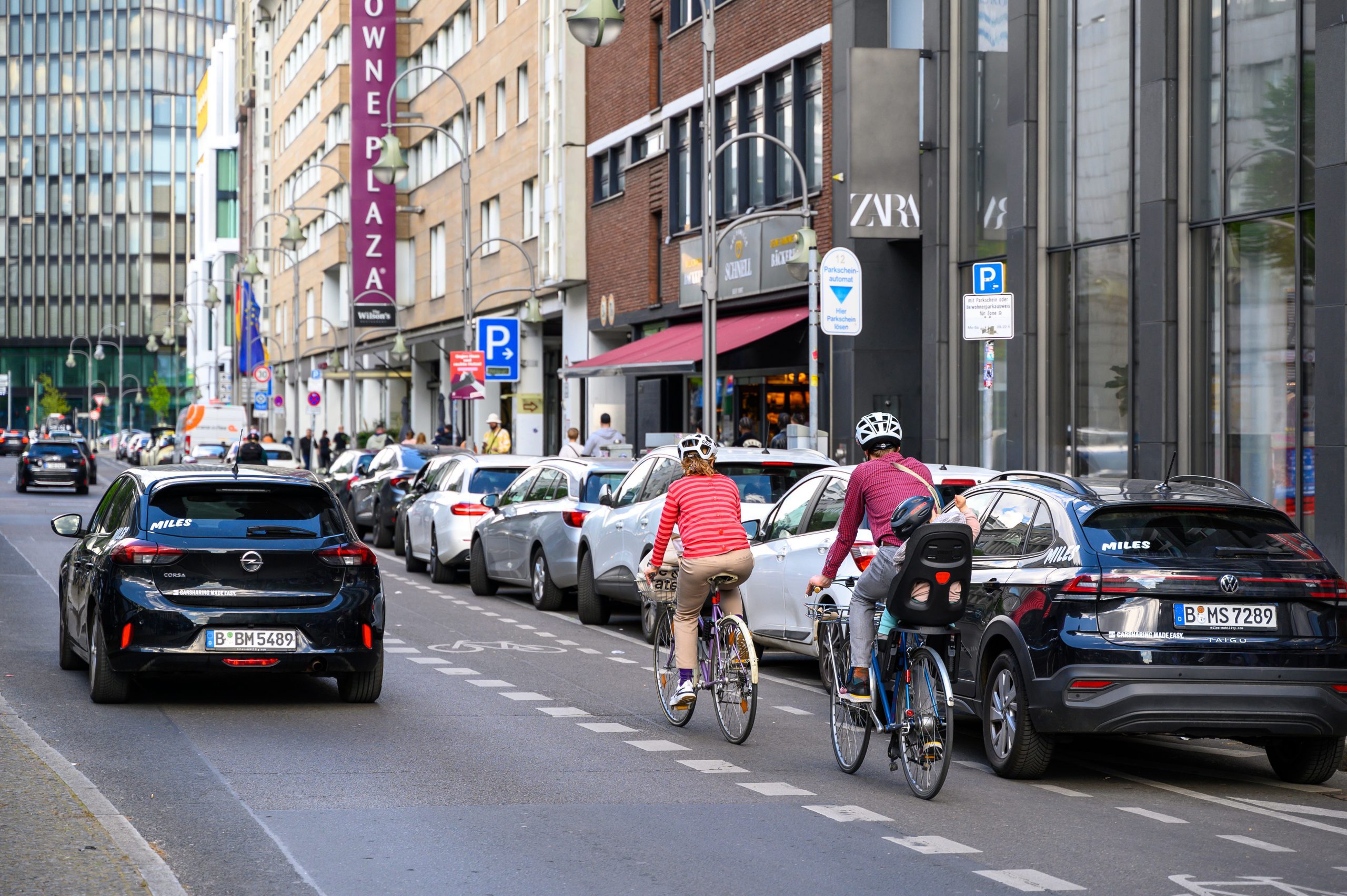What if Britain gave up driving on the left?
It is perfectly possible for a country to switch from one side of the road to the other. In the sixties and seventies, Sweden, Iceland, Nigeria and Ghana all swapped sides without much of a problem. But is Britain ever going to drive on the right side of the road? It seems highly improbable, but let's go with it for now. Let's assume that the UK (or any other left-driving country, for that matter) is going to flip from left to right.






